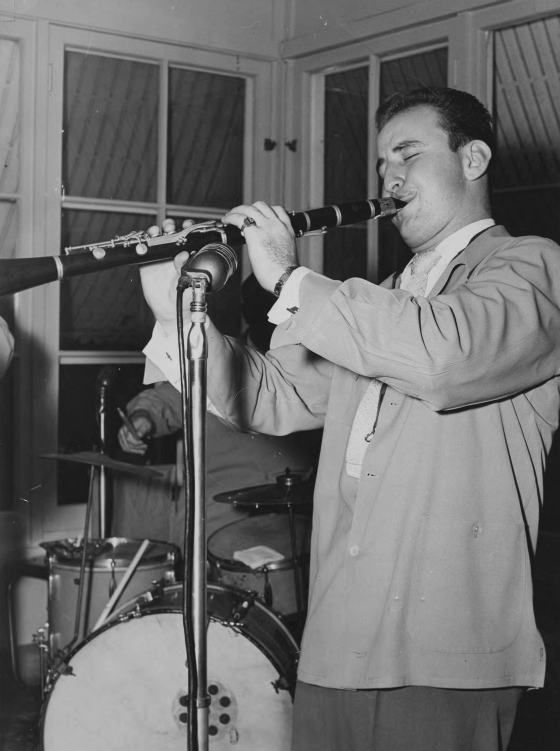|
Today in New Orleans History |
|
|
July 3


 In 1963 he and
his band played the Hollywood Bowl. He appeared on The Tonight Show Starring Johnny Carson 56 times. He had a club at
the Riverside Hilton and later played regularly at the Casino Magic in Bay St. Louis. Source: WIKI  

To receive an update for each day in New Orleans
history, join our facebook page
- Today in New Orleans History
Tweet
Jazz trumeter Leeds "Lee" Collins was born in New Orleans on October 17, 1901. He
played in brass bands as a teenager, including The Young Eagles, The Columbia Band, and the Tuxedo Brass Band. In the 1910s
he played in New Orleans alongside Louis Armstrong, Papa Celestin, and Zutty Singleton. He moved to Chicago in 1924, where
he replaced Louis Armstrong in King Oliver's band. He also played with Jelly Roll Morton but the two had disagreements and
fell out when Collins claimed that Morton stole the song Fish Tail Blues from him. He returned to New Orleans. There he played
on the recordings of the Jones-Collins Astoria Hot Eight in 1929 before playing in New York City with Luis Russell in 1930
and then heading back to Chicago. There he played with Dave Peyton (1930), the Chicago Ramblers (1932), Johnny Dodds and Baby
Dodds, Zutty Singleton, Mezz Mezzrow, Lovie Austin, and Jimmy Bertrand (1945). Collins played in Chicago through the 1930s
and 1940s as an accompanist to many blues singers and in nightclubs. After 1945 he led his own band at the Victory Club on
Clark Street in Chicago, and gigged with Chippie Hill (1946), Kid Ory (1948), and Art Hodes (1950-51). He played in Europe
with Mezz Mezzrow in 1951 and 1954 and in California with Joe Sullivan in 1953. In the mid-1950s he retired due to illness.
Collins wrote an autobiography, Oh, Didn't He Ramble, with the aid of his wife Mary and two editors which was published in
1974. Collins died in Chicago on July 3, 1960 at the age of 58.
|
|
|

To receive an update for each day in New Orleans history,
join our facebook page - Today in New
Orleans History.
Analytics |


